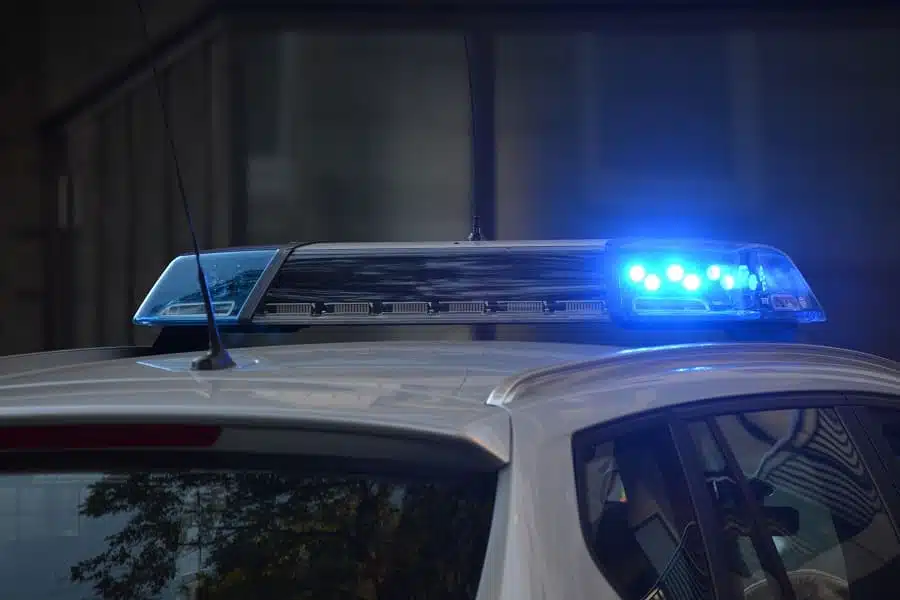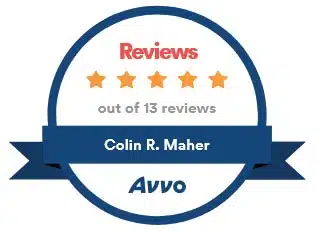
How Police Detect Drunk Drivers in Ohio?
Since 2018, the Ohio State Highway Patrol has issued just over 105,000 operating a vehicle while impaired (OVI) by alcohol or drug arrests (as of June 1, 2023). When it comes to how police detect drunk drivers, there are a number of different things they may look for when trying to determine if a driver has been drinking. This can include poor driving, the driver’s behavior, odors coming from the vehicle, the driver’s speech, and blood alcohol content (BAC) if the driver consents to a test.
Below, we take a closer look at how police detect drunk drivers in Columbus Ohio and some associated questions that drivers like you may have.
How Can Drunk Driving Be Checked?
Roadside field sobriety tests and a breathalyzer, blood, or urine test are the most common ways the police try to confirm if someone is operating a vehicle under the influence of alcohol and/or drugs.
Field sobriety tests generally consist of the following:
- Horizontal Gaze Nystagmus: An officer may use a pen or other kind of stimulus to check your eyes for any kind of involuntary jerking of the eyeball.
- Walk and Turn: A driver will be asked to stand on a line and walk nine steps down before turning and walking back the same number of steps.
- One Leg Stand: A driver will be asked to stand with their arms at their sides and their heels together before being asked to lift and hold one foot up while counting and maintaining balance.
These are all standardized tests that the National Highway Traffic Safety Administration (NHTSA) helped to develop. This combination of field sobriety tests are used by law enforcement agencies all over the country including Columbus, Ohio. The results of these tests may be used to build a case against you.
The second common way that police attempt to confirm drunk drivers is through a Breathalyzer test. A Breathalyzer test typically consists of a police officer requesting that a driver breathe into a breath-testing machine. That breath-testing machine will then read your breath sample and detect the concentration of alcohol in your body.
Please be aware that anyone suspected of a DUI/OVI in Ohio has the right to opt out of field sobriety tests. On-site breath machines, specifically ones that are handheld, provide results that are often not accepted in Ohio courts as a valid measure of your BAC. That being said, the results may be used to help establish probable cause to arrest you for the offense.
Performing well on field sobriety tests is difficult regardless of your level of impairment. Someone may not have good balance to begin with and injuries can contribute to poor performance.
What is Used by Police to Determine a Person is Drunk?
As discussed above, law enforcement will most commonly use field sobriety tests and breathalyzer tests to determine if a driver has been drinking. There are also other signs that they may look for when trying to initially figure out if a driver is impaired.
As outlined by the Ohio Department of Public Safety, some common signs that law enforcement may look for include:
- Making wide turns
- Stopping in roadways with no cause
- Driving on an area that is not on a designated roadway
- Braking erratically
- Weaving in and out of traffic
- Driving with your headlights off
- Signaling one way and turning the other
What is the Limit of Alcohol for Driving?
In Ohio, you are considered to be driving under the influence if your BAC is found to be .08 or above. This particular BAC limit applies to any driver 21 years of age or older. For commercial drivers, the BAC limit is lowered to .04 and above when operating a commercial vehicle. For any driver under the age of 21, the BAC limit is .02.
What is a Fail on a Breathalyzer in Ohio?
In Ohio, the general legal limit for a BAC is .08. This means that if you take a Breathalyzer test and receive a BAC at or above that .08 limit, the law considers you to be an impaired driver.
If your breath test result is at or above the legal limit, your driver’s license will be immediately taken under Ohio’s Administrative License Suspension. This is a type of license suspension that can be imposed on a driver charged with an OVI.
If you have been pulled over by police under suspicion of a DUI, we always recommend reaching out to a Columbus defense attorney as soon as possible. You have the right to consult with a Columbus DUI lawyer at any time during a DUI stop. Please assert that right if you find yourself being investigated for an OVI.
If you or someone you know is facing an OVI charge in or around Columbus, Ohio, feel free to contact attorney Colin Maher for a free phone consultation. He can be reached by calling 614-205-2208 or by contacting The Maher law firm online.
RECENT POSTS
-
What is Improperly Handling Firearms in a Motor Vehicle in Ohio?
07 Mar 2025
-
What is the Difference Between OVI and DUI in Ohio?
05 Mar 2025
-
What Happens When You File a Police Report on Someone For Harassment
11 Dec 2024
-
How to Move for Dismissal for OVI in Ohio
28 Oct 2024
-
Ohio Fraud Laws: Fraud Charges and Their Penalties in Ohio
12 Sep 2024
-
Can Dismissed OVI Be Expunged in Ohio?
02 Sep 2024
BLOG CATEGORIES
-
Weapons
3 Posts
-
Drugs
22 Posts
-
DUI
195 Posts
-
Current Events
1 Posts
-
Expungements
2 Posts
-
News
18 Posts
-
Criminal Defense
45 Posts
-
Traffic
126 Posts


